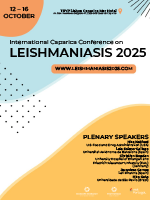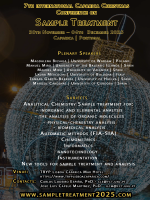Cell fractionation - an important tool for compartment proteomics
DOI: 10.5584/jiomics.v1i1.52
Abstract
In order to maximize coverage in proteome studies, a successful approach is the fractionation of cellular compartments. For providing evidence for the most reliable and efficient separation technique, we compared four different procedures for subcellular fractionation of Jurkat cells. The analysis of fractions by LTQ-Orbitrap yielded between 559 and 1195 unambiguously identified unique proteins. The assumed correct localisation of the proteins was defined using Scaffold3 according to GO annotations, with the highest
reliability (~80%) for the cytoplasmic fraction and the lowest (~20%) for the cytoskeletal fraction. This comparison revealed evidence for the efficiencies of separating subcellular fractions and will thereby facilitate the decision on which procedure might be the best match to a specific research question and contribute to the emerging field of compartment proteomics.
Downloads
Published
Issue
Section
License
Copyright (c) 2011 Creative Common Licenses

This work is licensed under a Creative Commons Attribution 3.0 Unported License.









